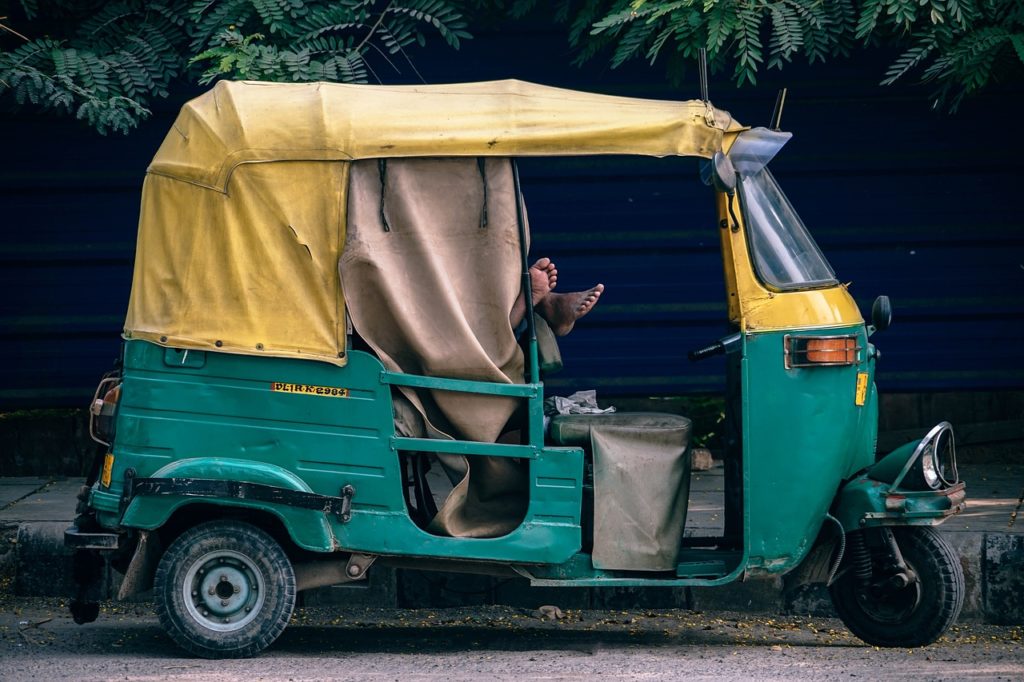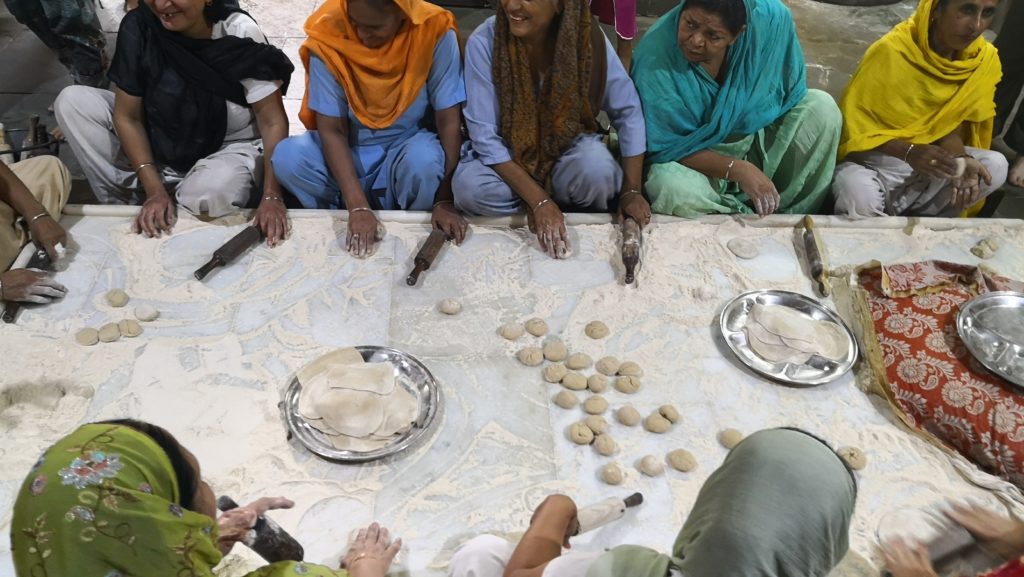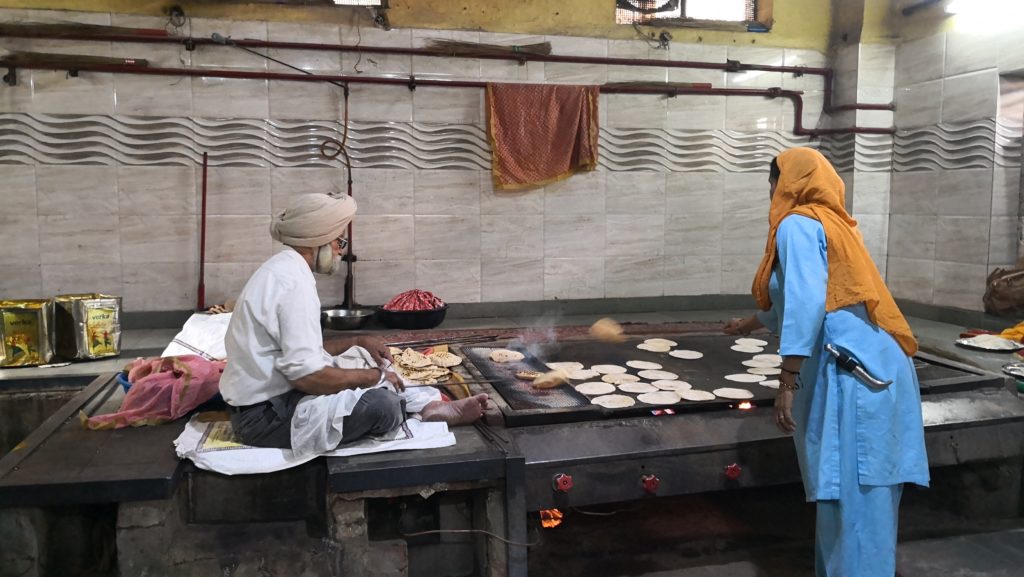A wise pilgrim once said “Life is like a box a chocolates, you never know what you’re going to get”.
Twenty six years later that still rings true, particularly when describing the country of India. It truly is a mixed bag. One region is not like the other and being a country with over a billion people, stretching across an area over ten times the size of New Zealand, it’s hardly surprising. The food, climate, religions, pace and personal space differ considerably depending on your coordinates. It can feel like a tropical island, a crisp cold mountain range, or an off the grid yoga commune, or so I’m told. I spent two months in India and barely scratched any of those surfaces.
New Delhi probably conjures up the most stereotypical images the West has of India. Hot, dry, exposed, dusty, polluted and overcrowded. Delhi I think, can feel all the more intense because for a lot of travelers, it’s the entry point to India. There’s no way to prepare or ease yourself in. The streets are loud. Not just a single type of loud, like traffic noise or crowd chatter dialed up. It is a collective multi-faceted sensory loud. Horns from cars, tuk-tuks and motorbikes type of loud, loud colors at clothing stands, fragrant food smells and pungent incense, the sheer volume of people around feels loud. And the heat. The heat is heavy and seems to slow your body and dampen your wits, and that’s just in winter. The loud makes it feel laborious to think about straightforward things. Squinting your eyes to hear how many rupees this roadside curry costs or craning your head to hear the directions to the closest ATM is taxing. It’s like when you’re looking for a specific street address and turn down the car music to help yourself concentrate. Except here, you can’t turn the noise down, it’s all around and it’s the cultural soundtrack. The transition to the streets of Delhi is like being hit over the head with a frying pan over and over again. It still hurts each time and still makes a thud each time, you just get used to it, block it out, accept it and get on with things.
The traffic in Delhi is another thing entirely, it’s like a moving school of fish squeezed into a pipe that’s far too small. Tuk-tuks, cars and motorbikes jostle alongside each other. Rare gaps in traffic are gobbled up instantly. Vehicles inch forward, making either incremental painfully slow progress or shoot forward in bursts of whiplash inducing acceleration. Pedestrians crisscross at varying speeds with no fear, hesitation or sense real of urgency. It looks chaotic and scrambled but seems to run like a perfectly ordered ecosystem. The constant beeping in urban areas isn’t road rage. It’s sonar. Beep beep means I’m coming up behind you, or beep beep I’m like right behind you, or beep beep I’m passing on your left, or beep beep I’m going to brake at some point today, or beep beep I’m changing lanes or beep beep thanks for letting me in. It’s a system that works with very few errors. I only saw one accident in all my time in India. It was more of a prang than an accident. It was between a tuk-tuk and pedestrian in a more rural part of India, outside of Delhi. I don’t want to generalize but I’m pretty sure it was with a tourist. I make this assumption mainly, because like me, they looked like they were wearing garish harem pants and cradling a four litre bottle of water.

For tourists, the people traffic may be less dangerous but it can still be overwhelming. Walking along the footpath can feel disorienting as you’re regularly swept into the sea of people, either to circumvent a pile of rubbish on the footpath, a store front or a five person family contingent perusing a stand. Getting lost, swept into a strong crowd current, never to be seen again is a real fear.
Within a day of landing in Delhi I was forced to face this very fear in pursuit of a cash machine. Due to circumstances I won’t go into but will say were definitely self inflicted, I arrived three days later than scheduled. I arrived off a 2am flight, to a hastily arranged driver, to a tour that was due to commence in dwindling hours, so I thought it prudent to forego the recommended withdrawal of funds at the airport and just get to the place asap and worry about the money side of things later.
Now it was later. 15 hours later. I’d already borrowed from my tour leader enough rupees for what felt like could fund a small Bollywood music video. She didn’t seem to mind, but I did. We had a few free hours left before leaving Delhi and I planned on using this time to repay my Lannister debts. The helpful guy at the hotel’s reception desk told me there was an ATM just down the road from our hotel, and if I couldn’t find it, there’d be another a block or so around the corner.
Wonderful.
For normal people.
For someone who regularly gets lost in hallways, the thought was terrifying.
I was worried I would venture a little too far from the footpath, get disoriented, and somehow end up on train or bus to Pyongyang, forced to live out the end of my days clapping enthusiastically. Fears aside I needed to grow a pair, bite the bullet and go.
I tried to mentally bookmark what the front of my hotel looked like. A Hindi scribbled header above a generic set of concrete steps with big beautiful doors. The neighboring building looked pretty similar. Awesome. I strategized that I would only move in a perfect square around my hotel, thus avoiding any chance of deviating too far off course. I also seriously considered racing back to the hotel reception desk, asking to book fourteen rooms, stripping the beds and using the sheets to fashion a makeshift guide rope. I could secure it to the hotel front door and hook it to my belt and wander around with ‘sense of direction’ swagger. As I was was mentally calculating how many kilometers I could squeeze out of fourteen sets of bed sheets I realized this was probably a bit excessive and anyway I didn’t want to borrow more rupees for sheets, this was the whole point of the excursion!
At this very moment a lovely lady from my tour popped up next to me announcing she too, needed to get cash before we left. Praise Krishna! I was saved.
I’d met her, along with the rest of my tour group bleary eyed and sleep deprived earlier that morning. She was a doctor from South America, currently working in New York. It’s funny how I felt safer with a doctor nearby as if it had any relation to geography competence or ATM detection. In any case I was significantly more at ease with a buddy regardless of profession. Two pairs of eyes were better than one and I was a little more open to deviating outside my square plans.
It wasn’t long before we came upon an ATM. It was inside a small room that looked like a telephone booth. It had a heavy door and an armed guard who stood outside. It looked very safe and secure. Good sign. Not such a good sign, no moolah in the ATM. After trying multiple cards, a multitude number of times we accepted it was not an ‘us’ problem it was an ATM problem.
I later found out through subsequent ATM endeavors, that most ATMs just work when they want to. You could have 10,15 maybe 20 people in line and the ATM wouldn’t work for the first 6 people, work for the next 4 in a row, not work again for the afternoon, and then maybe work at 9:03pm for no apparent reason. You’d learn to just lurk around the ATM until you felt a spiritual connection and then pounce. Success at ATMs became so rare, you couldn’t help but take out large wads of cash like a baller just make it worth your time.
Unpredictable ATM’s are one of the few consistent things in India and Delhi was no exception, just a taster of what was to come. We found four more ATMs just for show and were starting to wonder what the point of the armed guard was, perhaps it was to protect the ATMs themselves from frustrated patrons!
After the sixth ATM I had no idea where we were, it looked like exactly where we’d started our quest which wasn’t a good sign as we hadn’t turned any corners. Hmm what to do, despite my buddy looking pretty relaxed albeit a bit frustrated with our lack of progress, I started making up a few contingency plans in my head. We could hail a tuk-tuk and request to be taken back to “the hotel with the Hindi writing above it and pretty doors”. I’m sure he’d know which one we meant. We could buy a flare from the nearest shop and fire it up into the smog, a signal for help or it could be misinterpreted as an early Diwali celebration. As a last resort we could buy helium balloons from the guy we’d passed at the last corner, tie them to our wrists so they rose above the crowds, and wait in a spot and hope to be collected like lost children at a fair by our tour leader come the end of the day. I’d probably get the Elsa balloon.
We were just about to give up, then we spotted a blue ATM across the road in the distance. This ATM looked like queen of the ATMs. It looked most promising because it was attached to what looked like a big blue bank with actual people filing in and out as if they had accomplished something in their lives. We couldn’t see an armed guard outside. Bingo it must have money! The only problem, it was on the other side of what looked like a busy motorway. There was a raised metal barrier about thigh height dividing the four lanes into two. Looking left and right I couldn’t see any intersections for pedestrians to cross, no slowing cars, no traffic lights. Just speeding death and maiming machines.
I half considered trying my luck crossing, but I could already see the dark humored headline, hitting the papers back home. Why did the Kiwi cross the road?… We don’t know either, she got squished!
I thought this was a risk better saved for another day. We returned back to our hotel empty handed, hot, tired, dirty, confused and fortunately without helium balloons.
Believe it or not aside from ATMs there’s a lot to explore in Delhi. Little market shops dotted everywhere, chai men in every little nook and cranny, awesome restaurants and entertainment districts and hundreds of temples. One of them is the Gurudwara Sis Ganj Sahib which is the largest Sikh temple in Delhi. It is located in Chandni Chowk in Old Delhi. It’s not just a good opportunity to marvel at its magnificence on the outside, it’s also a great chance to observe the Sikh faith’s commitment to social equality in action on the inside.

The temple runs like a large community project staffed by volunteers and on donated food. A vegetarian lunch is provided for anyone regardless of religion, ethnicity, gender or social position. The temple’s kitchen is impressive and heavy duty. You can see women gathered around tables chatting and laughing while rolling raw dough to make chapati. Nearby, Sikh men barbecue the chapati en masse. In a distinctly separate room, the mammoth task of washing and drying hundreds of large metal serving plates was underway. The amount of shinny dishes being cleaned and readied speaks volumes about the expected demand. Without the temple’s generosity it’s a demand that would likely go unmet. At lunch time, masses of people start filing in, like all visitors to the temple they’re barefoot freshly purified from the water stations at the entrance. They all sit cross-legged waiting patiently to tuck into the heavenly smelling lunch that will soon arrive. It’s a beautiful temple with beautiful hearts inside, and is a Delhi gem not to be missed.

Unfortunately, most people can only manage a few days in Delhi. This is because unless you’re travelling around in a private car and exiting with a portable oxygen tank, you’ll start to develop Delhi lung in no time. A pollution inducing ailment, where you’ll likely find yourself coughing up something that resembles what Sigourney Weaver might be found battling in an air vent. Take note of the police officers who day in and day out spend their time directing traffic in the open air. Wear a mask or face covering like they do, your lungs will thank you for it.
I found Delhi to be both overwhelming and with hindsight enlightening. It shook up my comfort zone, expectations and patience. The jarring change forced me to adapt, relinquish the need for control and order, and embrace the ‘just go with it’ attitude. A mindset that served me well travelling the rest of India and was a great souvenir to take back home.